A quantity with a magnitude (size) only is referred to as a scalar quantity. Mass, energy, power, distance, and time are some examples of scalar quantities because they have no direction associated with them.
A quantity that has a magnitude and a direction associated with it is a vector quantity. Acceleration, force, gravity, and weight are some vector quantities. All vector quantities are associated with a specific direction.
Scalars and vectors: meaning and examples
As we’ve already stated, a quantity with a magnitude and a direction is known as a vector quantity.
Weight is an example of a vector quantity because it is a product of mass and acceleration due to gravity. The acceleration of gravity has a direction that is vertically downwards, which makes weight a vector quantity.
Let's look at some examples of scalars and vectors.
Suppose you have a box and you move it by a distance of 5 meters.
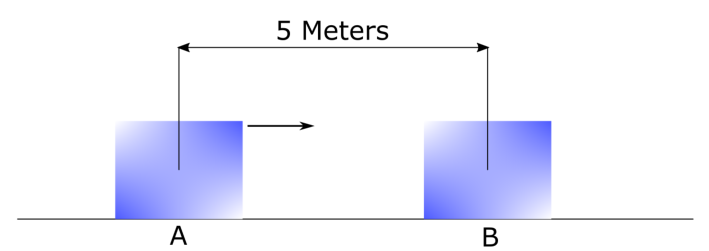
Figure 1. A movement of an object from point A to point B in a specified direction is a vector.
If you tell somebody that the distance between points A and B is 5 meters, you are talking about a scalar quantity because you are not specifying any direction. Five meters is just a magnitude (distance), and the direction could be any. So, distance is a scalar quantity.
However, if you tell someone you moved the box 5 meters to the right (east), as depicted in figure 1, you are now talking about a vector quantity. Why? Because you have now specified a direction associated with the movement. And in physics, this is referred to as displacement. Hence, displacement is a vector quantity.
Now let’s say it took you 2 seconds to move the box to the right.
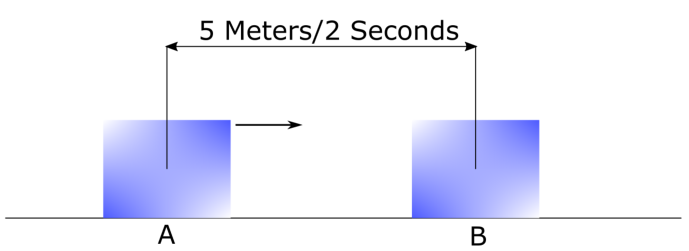
Figure 2. Diagram showing a displacement vector relative to time.
If you were to calculate how quickly you moved the box, you are calculating the speed of the movement. In the above example, the speed is:
\(Speed = \frac{5 \space m}{2 \space s} = 2.5 \space m/s\)
The speed is a scalar quantity as it does not have any direction.
However, if you say the box moved with a speed of 2.5m/s to the right, this becomes a vector quantity. The speed with a direction is velocity, and a change in velocity is, in turn, known as acceleration (m/s2), which is also a vector quantity.
| Scalar | Vector |
| distance | displacement |
| speed | velocity and acceleration |
Mass and weight: which one is a scalar and a vector quantity?
The mass and weight of a body may seem the same, but they are not.
Mass: The quantitative measure of inertia of a body, which is the tendency of a body to resist the force that can cause a change in its speed or position. Mass has an SI unit of kilograms.
Weight: The gravitational pull acting on a mass. It has an SI unit of Newtons.
Scalar
Mass does not have any direction, and it will be the same no matter where you are in the universe! So we can categorise mass as a scalar quantity.
Vector
Weight, on the other hand, is the force acting on an object, and since force has a direction, weight is a vector quantity.
Another way to look at this is if you place one object on Earth and another object with the same mass on the Moon. Both objects will have the same mass but a different weight due to the gravitational pull on the Moon (1.62 m/s2), which is smaller compared to Earth.
How can we represent vectors?
We can represent vectors with an arrow, as shown below.
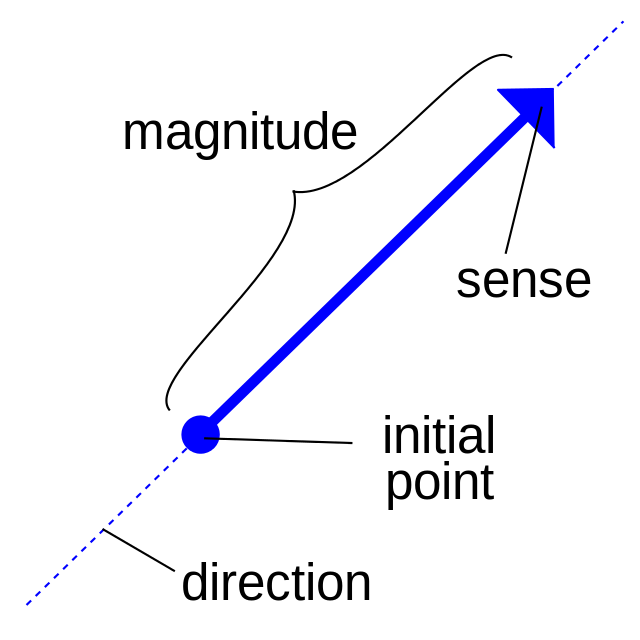
Figure 3. Representation of a vector. Wikimedia Commons
The length depicts the magnitude, the tail is the initial point of a vector, the sense of a vector is given by the order of two points on a line parallel to the vector, and the orientation tells you at which angle the vector is pointing. The combination of orientation and sense specify the direction of the vector.
Vector examples: how can we perform vector addition?
Let’s look at some examples of how to perform vector addition.
Say you have two vectors of 10N and 15N, and both are pointing towards the east. The sum of these vectors becomes 25N towards the east.

Figure 4. Vectors in the same direction are added.
Now, if we change the direction of the 15N towards the west (-15 N), the resultant vector becomes -5 N (pointing towards the west). A vector quantity can have positive and negative signs. The sign of a vector shows that the direction of the vector is the opposite of the reference direction (which is arbitrary).

Figure 5. Vectors in the opposite direction are subtracted.
Now, of course, all vector additions are not as straightforward as shown above. What would you do if the two vectors were perpendicular to each other? This is where we need to improvise a little bit.
Head-to-tail rule
With this rule, we can calculate the resultant vector by joining the tail of the first vector with the head of the second vector. Take a look at the figures below.

Figure 6. Perpendicular vectors are joined via the head-to-tail rule.
A vector force of 30 N acts in the east direction, while a vector force of 40 N acts in the north direction. We can calculate the resultant vector by joining the tail of the 30 N vector with the head of the 40 N vector. The vectors are perpendicular, so we can use the Pythagorean theorem to solve the resultant vector as shown in figure 7.

Figure 7. Vector perpendicular addition.
With a bit of trigonometry and applying the Pythagorean theorem, the resultant vector becomes 50 N. Now, as we discussed, a vector quantity has a magnitude as well as a direction, so we can calculate the angle of the 50 N vector by using an inverse tangent of 40/30 (perpendicular/base). The angle is then 53.1° from the horizontal for the above example.
Resolving a vector into its components
Using the same example from above, what if we only had the 50N vector force with an angle from the horizontal and were asked to find its horizontal and vertical components?
Splitting a single vector into two or more vectors that produce a similar effect to the original vector is called the resolution of vectors.
Let’s have a look at an example to explain this concept further.
Suppose a vector force F of 150N is applied at an angle of 30 degrees from the surface.

Figure 8. Vector at an angle.
We can split the vector F into a horizontal component (Fx) and a vertical (Fy) component as depicted below:

Figure 9. Resolution of vectors.
Calculating Fx and Fy by using trigonometry gives us:
\[F_x = \cos(30) \cdot F = 129.9 \space N\]
\[F_y = \sin(30) \cdot F = 75 \space N\]
Resolving components of a force on an inclined plane
As you might have figured out by now, calculations in physics are never this straightforward! Not every surface is horizontal – sometimes surfaces may be at an incline, and you have to calculate and resolve components along an inclined plane.

Figure 10. The direction of weight on an inclined plane.
Figure 10 shows a box on a surface at an angle θ from the horizontal. The weight of the box, mg, is acting downwards with a mass m and the gravitational pull g.
If we split the mg vector into the horizontal and vertical components,
- the vertical component will be perpendicular to the inclined surface, and
- the horizontal component of mg will be parallel to the inclined surface.
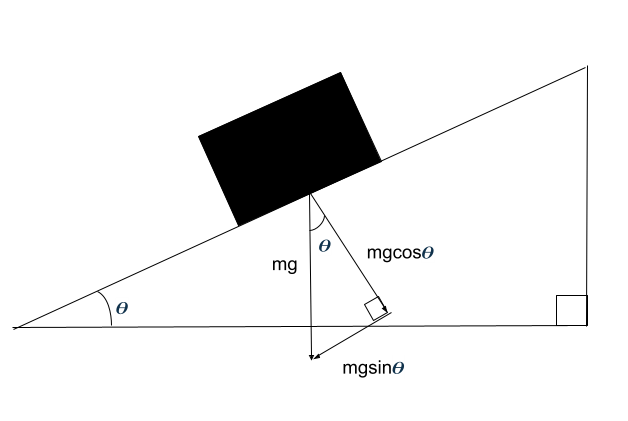
Figure 11. Resolution of mg vector on an inclined surface.
The θ angle between the mg and mgcosθ will be the same as the inclined surface angle from the horizontal. The force that will accelerate the box down the slope will be mgsinθ (Fg), and the reaction force Fn (from Newton’s third law) will be equal to mgcosθ. Hence,
\[F_g = m \cdot g \cdot \sin(\theta)\]
\[F_n = m \cdot g \cdot \cos(\theta)\]
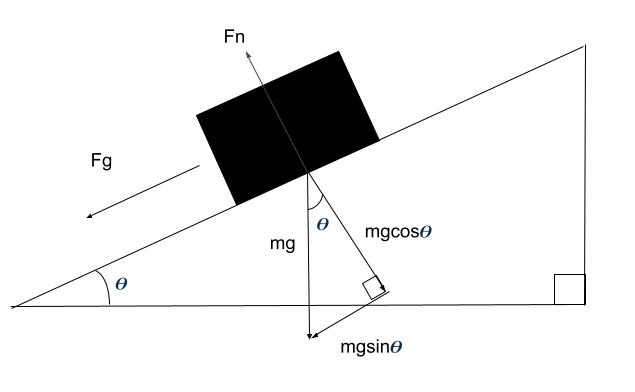
Figure 12. Resolution of vectors and direction of motion on an inclined plane.
Equilibrium of coplanar force systems
If forces are acting on a body and the body is stationary or moving with a constant velocity (not accelerating), such an instance is called equilibrium. The lines of forces must pass through the same point for an object to be in equilibrium.
In the diagram below, a uniform ladder is leaning against a smooth wall (no friction). The ladder’s weight acts downwards, and the normal reaction force acts at an angle of 90° from the wall.

Figure 13. A ladder leaning against a wall is an example of a body in equilibrium.
If you extend these forces, you will see that they cross at a certain point. Because the object is in equilibrium, the force from the ground must also pass through the same point as the other forces do.
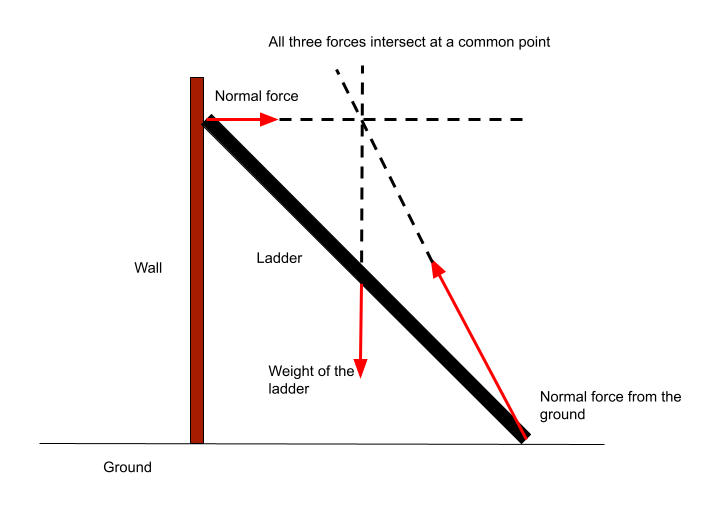
Figure 14. Lines of forces intersect at a common point if a body is in equilibrium.
By resolving the force from the ground into its vertical and horizontal components, the normal reaction force from the ground acts upwards, and the friction force from the ground acts along the surface.
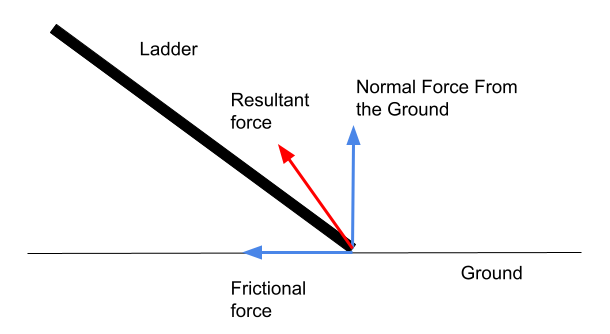
Figure 15. Resultant of the friction and ground vectors.
In essence, what happens is that all the forces cancel each other.
- The normal force from the wall (right force) = frictional force acting along the ground (left force).
- Weight from the ladder (downward force) = reaction force from the ground (upward force).
Scalar and Vector - Key takeaways
- A scalar quantity has a magnitude only, whereas a vector quantity has a magnitude and a direction.
- A vector can be represented with an arrow.
- To find the resultant vector, vectors in the same direction are added, whereas vectors in the opposite direction are subtracted.
- The resultant vector of two vectors can be calculated with the head-to-tail rule, and the resultant vector of perpendicular vectors can be calculated with the Pythagorean theorem.
- If a vector is at an angle to the horizontal (or vertical), it can be resolved into its x and y components.
- The line of forces must intersect at a common point and cancel each other out for an object to be in equilibrium.
Similar topics in Physics
Related topics to Mechanics and Materials
How we ensure our content is accurate and trustworthy?
At StudySmarter, we have created a learning platform that serves millions of students. Meet
the people who work hard to deliver fact based content as well as making sure it is verified.
Content Creation Process:
Lily Hulatt is a Digital Content Specialist with over three years of experience in content strategy and curriculum design. She gained her PhD in English Literature from Durham University in 2022, taught in Durham University’s English Studies Department, and has contributed to a number of publications. Lily specialises in English Literature, English Language, History, and Philosophy.
Get to know Lily
Content Quality Monitored by:
Gabriel Freitas is an AI Engineer with a solid experience in software development, machine learning algorithms, and generative AI, including large language models’ (LLMs) applications. Graduated in Electrical Engineering at the University of São Paulo, he is currently pursuing an MSc in Computer Engineering at the University of Campinas, specializing in machine learning topics. Gabriel has a strong background in software engineering and has worked on projects involving computer vision, embedded AI, and LLM applications.
Get to know Gabriel






















